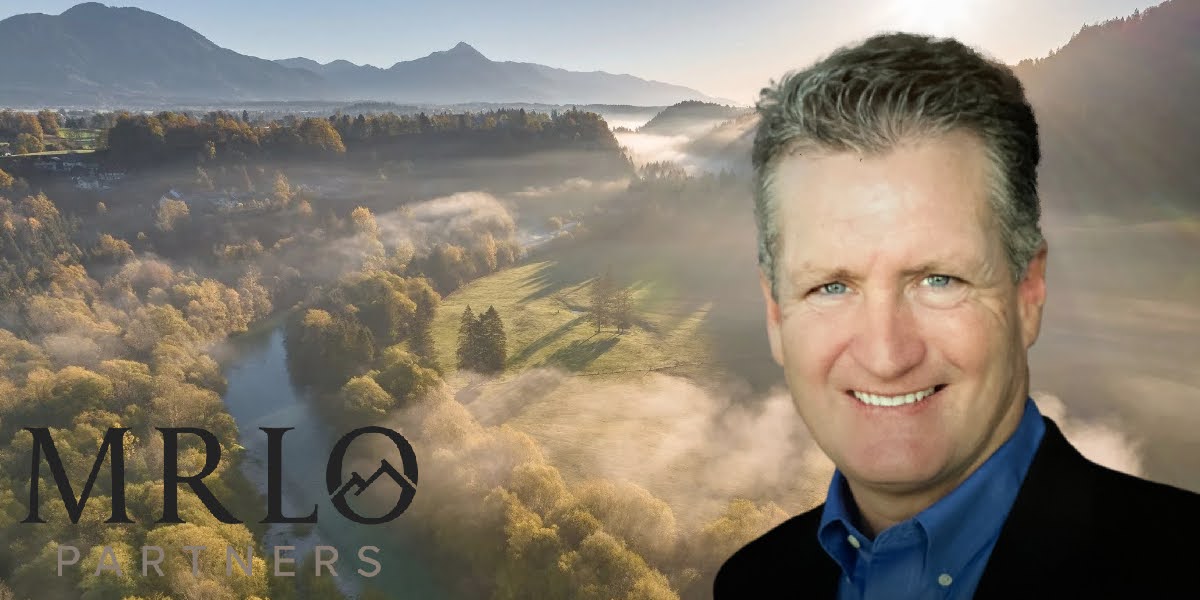David Weremay on the Future of Work and Navigating Remote and Hybrid Models for Enhanced Productivity
By: David Weremay
Renowned business consultant, David Weremay, with over two decades of expertise, recently orchestrated a captivating and insightful event. The focal point of this thought-provoking gathering was the future of work, with a specific emphasis on the evolving landscape of remote and hybrid work models. The event, aptly titled “The Future of Work: Navigating Remote and Hybrid Models for Enhanced Productivity,” brought together professionals and experts to delve into the intricacies of modern work dynamics. Attendees gained valuable insights into the changing nature of work, and David Weremay shared a wealth of knowledge on effective practices for effectively managing distributed teams in this dynamic and ever-evolving work environment.
In a compelling start to the event, David Weremay underscored the profound transformation witnessed by the traditional office-based work model in recent years. During his opening remarks, he articulated the impact of technological advancements and global events like the COVID-19 pandemic, stressing how these factors have hastened the widespread adoption of remote and hybrid work models. According to Weremay, this transformative shift is not merely a response to external pressures but a strategic adaptation to the changing dynamics of the modern workplace. As he continued, he delved into the critical importance of thoroughly examining the evolving landscape of work, emphasizing the need to delve into innovative practices for effectively managing distributed teams, ensuring not just adaptability but sustained productivity in this era of dynamic and flexible work structures.
Weremay delved into the concept of remote work, highlighting that while not new, its widespread acceptance and integration into mainstream work culture are relatively recent. He underscored the role of technological advancements, improved connectivity, and a changing mindset towards work-life balance in contributing to the rise of remote work. The COVID-19 pandemic, he noted, acted as a catalyst, forcing organizations worldwide to adopt remote work models to ensure business continuity. Hybrid work models, a combination of in-office and remote work, were a focal point of discussion. Weremay acknowledged their popularity, emphasizing that this flexibility allows employees to choose where and when they work, fostering a better work-life balance and increasing job satisfaction.
The event also addressed the myriad benefits associated with remote and hybrid work models, as outlined by Weremay: “Remote work eliminates commuting time and provides employees with the flexibility to create their optimal work environment, leading to increased job satisfaction,” he explained. “Organizations are no longer confined to hiring talent within a specific geographical location, tapping into a global pool of skilled professionals. Moreover, reduced overhead costs associated with maintaining physical office spaces contribute to significant cost savings for businesses.” The improved work-life balance resulting from remote work was emphasized, with Weremay noting its positive impact on employee well-being and mental health.
David Weremay discussed practical strategies for effective management of distributed teams, emphasizing the importance of clear communication strategies, setting expectations and goals, fostering collaboration, and investing in technology. “Establishing clear communication channels is vital for remote and hybrid teams,” he said. “Utilize a combination of video conferencing, messaging platforms, and project management tools to keep everyone connected and informed. Setting expectations, goals, and key performance indicators provides a roadmap for employees, helping maintain accountability.” The importance of fostering a culture of collaboration, investing in technology, prioritizing well-being, and regularly evaluating and adjusting strategies were also highlighted as essential components of managing distributed teams successfully.
The event didn’t shy away from addressing challenges that may arise in remote and hybrid work scenarios. Weremay acknowledged communication barriers, time zone differences, technology hurdles, and monitoring productivity as potential issues. He provided practical solutions, encouraging open communication, implementing flexible work hours, investing in robust technology solutions, and focusing on output-based performance metrics.
Peering into the future, David Weremay provided an insightful glimpse into emerging trends within remote and hybrid work environments. Among these transformative trends, he shed light on the groundbreaking integration of virtual reality (VR) technology into the workplace, poised to revolutionize remote collaboration through the creation of immersive virtual workspaces. This technological leap is anticipated to enhance team connectivity and foster a more engaging and interactive work experience. Moreover, Weremay emphasized the increasing importance of enhanced cybersecurity measures, highlighting the need for organizations to continually invest in robust security protocols to safeguard sensitive data in the digital realm. Additionally, he addressed the ongoing evolution of work policies, emphasizing that companies must proactively adapt their strategies to align with the changing landscape of remote and hybrid work, ensuring continued success in the ever-evolving professional sphere.
In his closing statements, David Weremay emphasized the importance of staying attuned to emerging trends and prioritizing effective management strategies. “The future of work is undoubtedly being shaped by remote and hybrid models,” he said. “By adopting effective practices, addressing challenges, and staying abreast of evolving trends, businesses can navigate the future of work with confidence, creating a flexible and dynamic work environment for the benefit of both employees and the organization as a whole.”
Published By: Aize Perez














